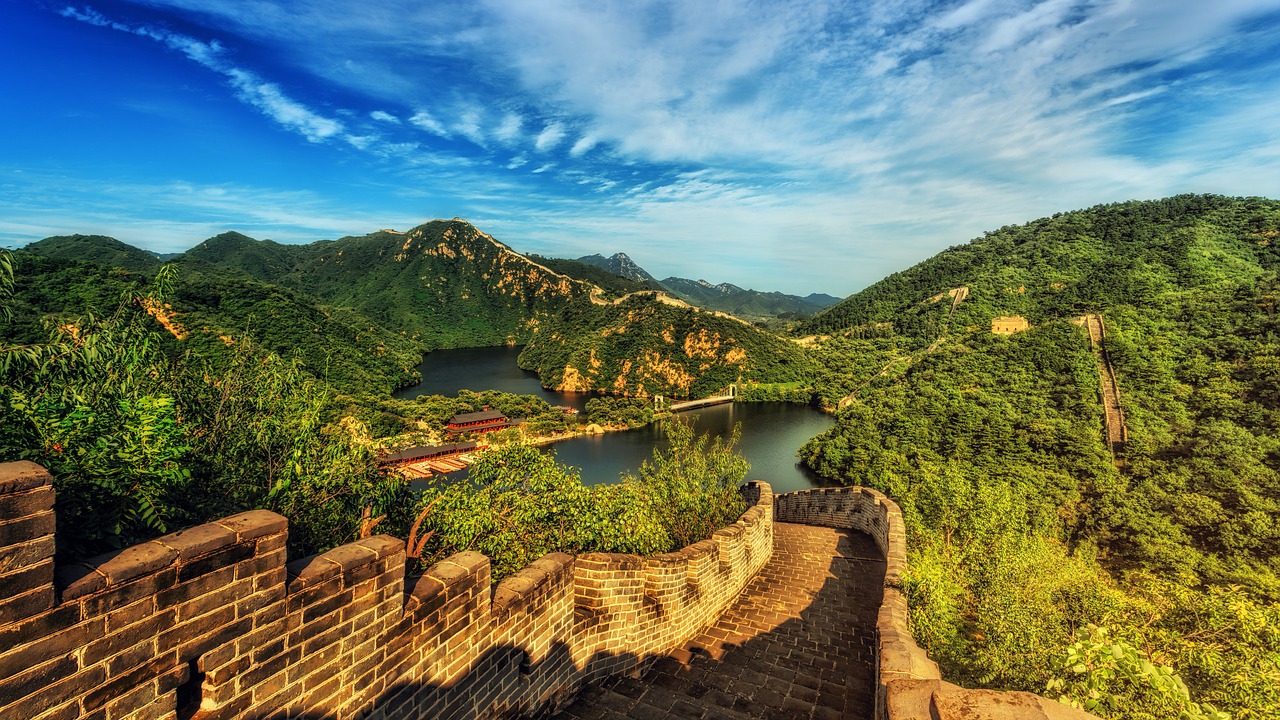Great Wall of China:
- Location: China
- Description: The Great Wall of China winds up and down across deserts, grasslands, mountains and plateaus, stretching approximately 13,170 miles from east to west of China. Built over a span of more than 2,000 years (from 476 B.C. - 1644 A.D.), some of the sections are now in ruins or have disappeared, but it is still one of the most appealing attractions all around the world.
Stonehenge:
- Location: Wiltshire, England
- Description: Stonehenge is a Neolithic & Bronze Age megalithic monument composed of earthworks surrounding a circular setting of large standing stones. It's one of the most famous prehistoric sites in the world. Archaeologists believe that the standing stones were erected between 2500 B.C. and 2000 B.C., although the surrounding circular earth bank and ditch, which constitute the earliest phase of the monument, have been dated to about 3100 B.C.
The Colosseum:
- Location: Rome, Italy
- Description: Built of concrete and stone, it is the largest amphitheatre ever built and is considered one of the greatest works of architecture and engineering. It was commissioned in 72 A.D. and completed in 80 A.D, and estimated to hold between 50,000 and 80,000 spectators. It was used for gladiatorial contests and public spectacles such as mock sea battles, animal hunts, executions, re-enactments of famous battles, and dramas based on Classical mythology.
Leaning Tower of Pisa:
- Location: Pisa, Italy
- Description: The Tower of Pisa is the freestanding bell tower of the cathedral of Pisa, known worldwide for its unintended tilt to one side. The tower's tilt began during construction, caused by an inadequate foundation on ground too soft on one side to properly support the structure's weight. The tilt increased in the decades before the structure was completed, and gradually increased until the structure was stabilized (and the tilt partially corrected) by efforts in the late 20th and early 21st centuries.
Hagia Sophia:
- Location: Istanbul, Turkey
- Description: Hagia Sophia is a former Christian basilica, later an imperial mosque, and now a museum. From its construction in 537 until 1453, it served as an Eastern Orthodox cathedral. The building was a mosque from 1453 until 1931, and then opened as a museum in 1935. Famous in particular for its massive dome, it is said to have "changed the history of architecture". It remained the world's largest cathedral for nearly a thousand years, until Seville Cathedral was completed in 1520.
Catacombs of Kom el Shoqafer:
- Location: Alexandria, Egypt
- Description: The catacombs consist of a series of tombs, statues and archaeological objects. Due to the time period, many of the features merge Roman, Greek and Egyptian cultural points. Some statues are Egyptian in style, yet bear Roman clothes and hair style. A circular staircase, which was often used to transport deceased bodies down the middle of it, leads down into the tombs that were tunneled into the bedrock during 2nd century A.D.
Porcelain Tower of Nanjing:
- Location: Nanjing, China
- Description: The Porcelain Tower of Nanjing is a pagoda built during the Ming Dynasty in the 15th century. Designed by the Chinese Emperor Yong Le, it gets its name because it was built with porcelain bricks. The top three stories were destroyed by lightning in 1801, but it was soon restored. In the 1850's most of it was destroyed during the Taiping Rebellion. In 2010, Chinese businessman Wang Jianlin donated the equivalent of $156 million U.S. to reconstruct the tower.

